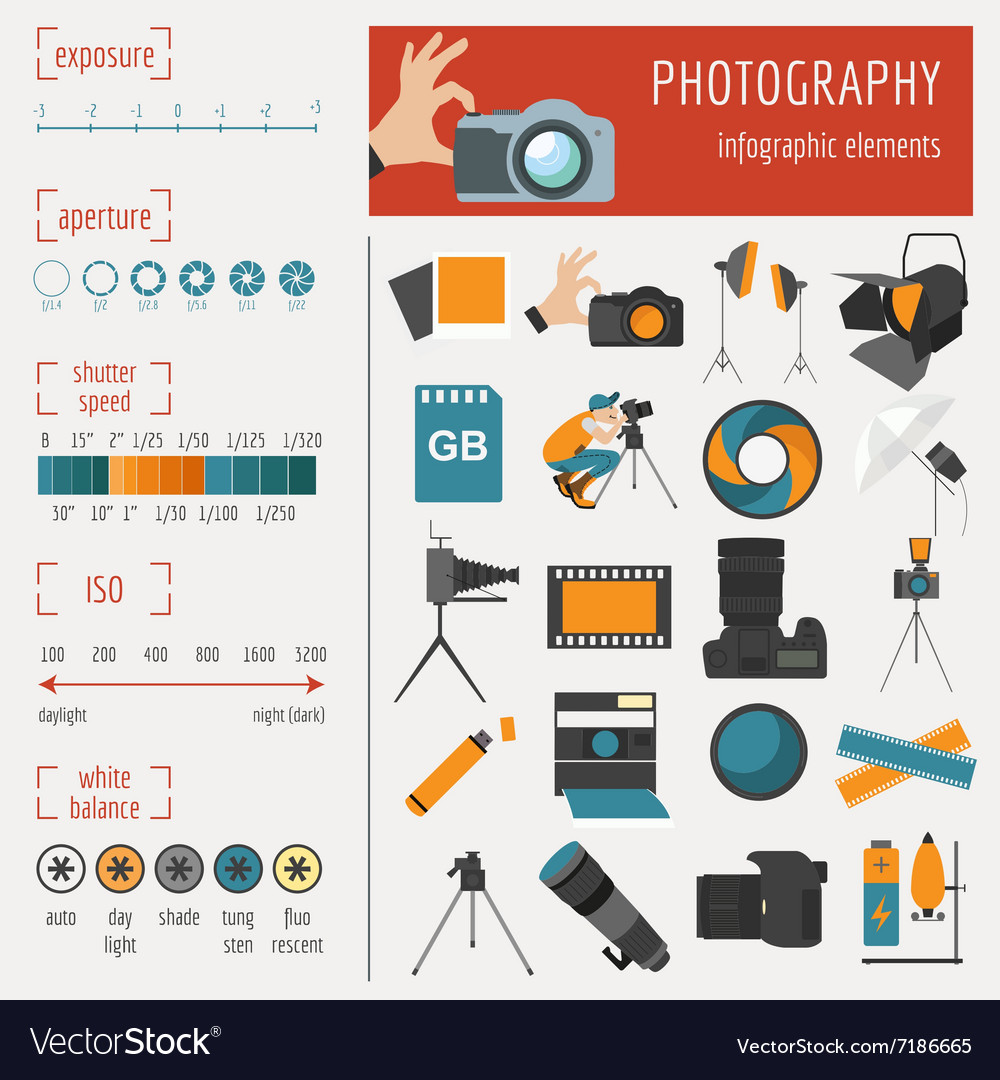What Every Photographer Should Understand About Lighting
What Every Photographer Should Understand About Lighting
Blog Article
Post Writer-Hinson Brady
As a digital photographer, you understand that illumination can make or break your photos. Understanding the subtleties of both all-natural and artificial light is vital for recording the state of mind and clearness you go for in your job. Whether you're chasing after the ideal gold hour radiance or adjust your artificial setups, grasping these aspects can boost your photography significantly. Yet there are common challenges that numerous forget, and identifying them can change your approach to every shoot. Let's discover what you could be missing and just how it can affect your results.
Understanding Natural Light
Understanding natural light is crucial for any professional photographer wanting to boost their job. It's the foundation of terrific digital photography, influencing mood, tone, and quality. When you shoot outdoors, pay attention to the time of day. The gold hour-- soon after daybreak and prior to sundown-- offers soft, cozy light that can transform common scenes into magnificent photos.
Do not ignore the power of cloudy days. https://blogfreely.net/reggie44donnell/innovative-digital-photography-concepts-unleashing-your-creative-imagination diffuses sunlight, developing a soft, also light that's ideal for pictures and macro photography. You'll locate colors pop in this sort of illumination without rough shadows.
Positioning matters, too. Constantly consider your subject's alignment to the light. If the sunlight's behind your subject, you might end up with a silhouette, which can be dramatic however mightn't be what you want. Conversely, straight sunshine can create unflattering darkness.
Try out angles; in some cases, changing your perspective can produce impressive results. Use natural reflectors, like water or sand, to jump light onto your subject, including measurement.
Learning Artificial Light
Grasping fabricated light is vital for professional photographers who intend to take their skills to the following level. Whether you're making use of speedlights, workshop strobes, or continuous lights, recognizing exactly how to control these resources can drastically improve your photos.
Begin by familiarizing yourself with the essentials of light high quality, instructions, and color temperature. Experiment with various modifiers like softboxes, umbrellas, or grids to control the soft qualities or violence of the light.
You'll locate that soft light often develops flattering results, while harsher light can include dramatization and depth. Do not avoid shadows; they can boost the three-dimensionality of your topics.
Pay attention to the positioning of your lights. A light positioned also near to your topic can develop uncomplimentary outcomes, while also far can bring about a lack of detail. Make use of a light meter or your video camera's histogram to guarantee you're exposing properly.
Highly recommended Internet site but not least, bear in mind that artificial light can be combined with ambient light for innovative impacts. Balancing these resources might take technique, but once you grasp it, your digital photography will absolutely beam.
Methods for Various Circumstances
When you step into various shooting situations, adjusting your lighting methods is important for capturing the best images. For exterior portraits, make use of the gold hour-- early morning or late afternoon light-- to soften darkness and enhance skin tones.
If it's a harsh lunchtime sunlight, think about using a reflector to bounce light back onto your subject or look for shaded locations for an extra even exposure.
In low-light situations, like indoor events, boost your ISO and utilize a large aperture to let in more light. A tripod can assist get rid of electronic camera shake, permitting longer direct exposures without blurring.
If you're shooting at night, experiment with off-camera flash to create dynamic illumination and depth in your photos.
For item photography, make use of diffused lights to avoid extreme representations. Softboxes or light outdoors tents can help accomplish this effect.
When photographing landscapes, think about the direction of light and time of day, as it can drastically change the mood of your shot.
Always be ready to readjust your settings and positioning based upon the scenario, as versatility is essential to understanding lighting in digital photography.
Final thought
To conclude, understanding lights is crucial to boosting your digital photography abilities. Embrace all-natural light's appeal during gold hour, and do not shy away from experimenting with artificial light methods. By adapting your technique to various circumstances, you'll record stunning pictures that reverberate with feeling and quality. Bear in mind, the best illumination can transform a normal shot into something extraordinary, so maintain exercising and fine-tuning your understanding of both all-natural and fabricated light. Delighted shooting!
